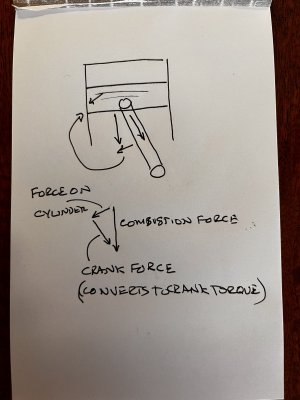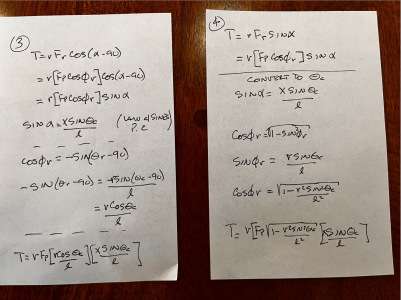Before you do ANYTHING, other than remove the engine from the car and put it on an engine stand, DO A LEAKDOWN TEST.
Engines fail/wear in different ways, and unless you plan to totally disassemble and rebuild every part of the engine, you need to assess what specifically, if anything, needs to be addressed.
Consider the basic engine as a mechancal pump. It sucks in air, compresses it, and then pumps out the compressed air. Other than the pressures involved, from a combustion prespective the mechanical components of the engine are not involved. So, let's look at what the mechancis of the engine actaully comprise, assuming that there is no combustion.
Valves: Valves open to let air in, close to allow that air to be compressed, and then open to allow the compressed air out.
Cyliner head: The cylinder head obviosuly serves as the base for the valves, but it, and the gasket, also seals the cylinders from the outside as well as the water jackets, and in some engines the adjacent cylinders.
Rings: The piston rings seal the pistons in the bores, and allow the pistons to compress the air. If the rings or the bores or both are worn, then you will not gain good sustained compression.
So, how can we test these? Turns out it is pretty simple. See the attached slide deck I did about 15 years back. In a nutshell, we use compressed air to pressurize each cylinder in turn. Placing the piston for that cylinder at top dead center (TDC), we apply air at 100 PSI to the cylinder via the plug hole. This air is provided by a valve and gauge arrangement: the valve allows the control of pressurized air through the setup. A pressure gauge on the compressor side, and a pressure gauge on the cylinder side, separated by a small orifice shpws the pressure drop between the compressor side (fixed) and the cylinder being tested. This orifice (usually 0.060" dia) means that if air is flowing, then the pressure will be different on the cylinder side than the compressor side, and that pressure drop is what we are seeking to determine.
I use a compression tester hose that screws into the plug hole to attach this setup to the cylinder.
So with this setup:
- Set the compressor pressure to 100 psi.
- Place the piston for the cylinder under test at TDC with the valves closed.
- Open the air valve. If the crank moves, you were not at TDC, so move the crank a bit until the crank does not move with the valve open.
- If the pressure on the compressor side is 100, you should see some pressure below 100 on the cylinder side. Measure and record the pressure on the cylinder side gauge.
- Using a small plastic hose, determine where any air leakage is coming from. This may be: Intake manifold, exhaust manifold, coolant (bubbles in radiator), or crankcase (air coming fromthe dip-stick tube), or an adjacent cylinder (determined by air is coming out of the adjacent cyliner plug hole). Record this.
- Repeat this for each cylinder.
If you have a cylinder with bad exahaust valves, the leakage will be into the exhaust manifold. If it is intake valves, then the air will be going into the intake manifold. If it is cylinder to cylinder, then you can determine this by listening for air from the adjacent cylinder plug holes. If it is rings or bores, then you will have air coming out of the dip stick tube. If you have a bad gasket, then you will find air bubbles in the coolant reservoir.
In addition, the pressure gauges will give a relative leakage number in percent from the base 100 PSI. That part is sort of like a conventional compression test, except now you know where the compression is being lost.
As described in the PDF, some engines just need head work (e.g valves). Others have bad rings or bores, and some just need a new head gasket. Some need multiple of these.
The bottom ends of these engines are generally very solid, so it is possible, but somwwhat unlikely, that you may also need bottom end bearings, and/or new pistons. Some guys rebuld everything on principle. But if you just want a solid engine without a total rebuild, let the leak test guide you.








